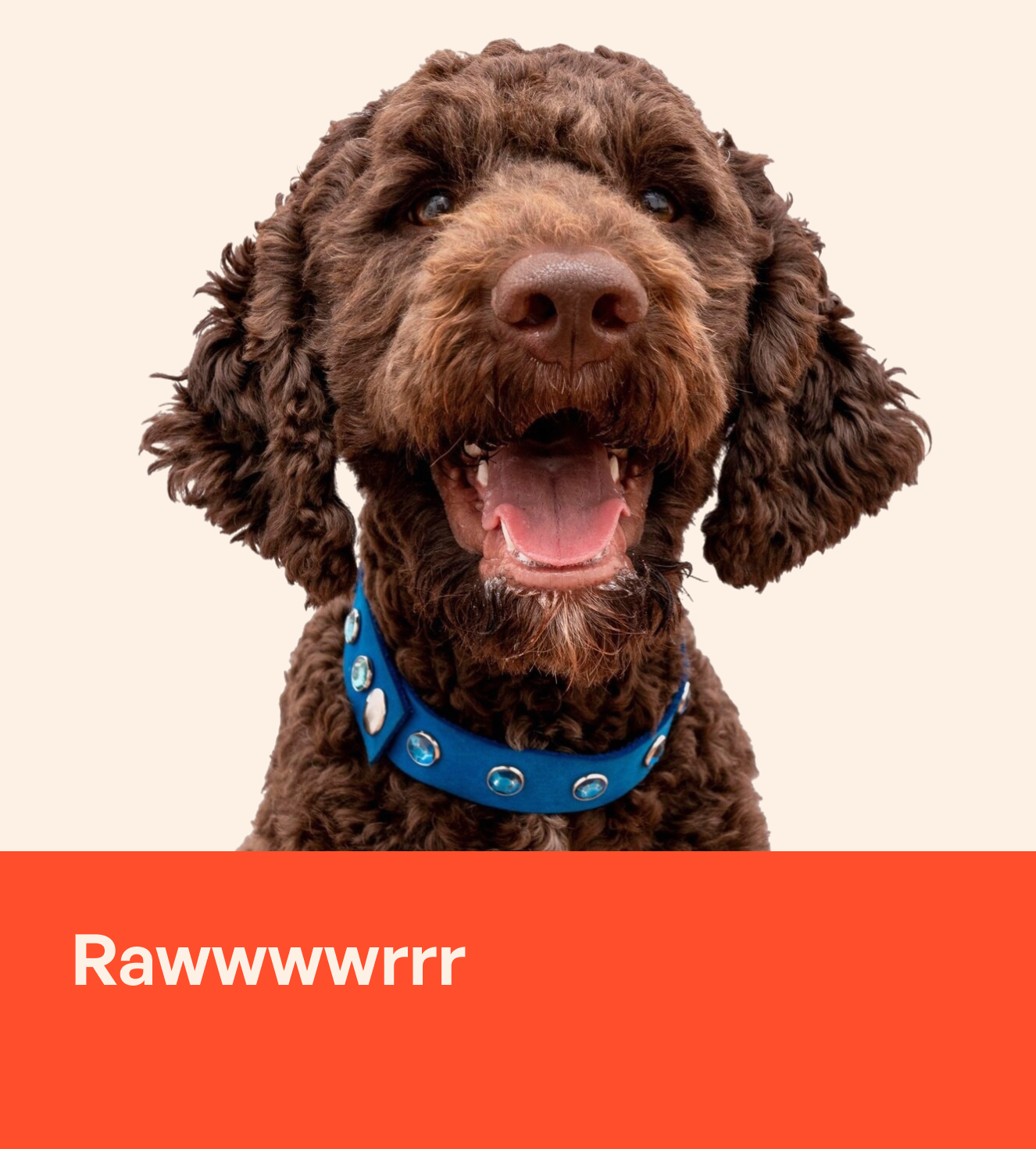
New Dog Owner? Here’s How to Choose a Quality No‑Pull Harness
Why Harnesses Matter for Puppies and New Dogs
When you bring a new dog home, a proper harness is one of the first pieces of gear you’ll need. Harnesses secure the dog with multiple contact points, distributing pressure around the chest and shoulders instead of the neckakc.org. The AKC highlights that harnesses apply less pressure to a dog’s neck than collars and are especially helpful for senior dogs, growing puppies and brachycephalic breeds with broad heads
akc.org. Harnesses also prevent dogs from slipping out, making them safer for training and everyday walks.
Understanding No‑Pull Design
No‑pull harnesses use a front chest attachment to gently redirect your dog back toward you when they pull. PetMD explains that these harnesses have straps crossing over the shoulders and a clip at the front of the chest; when the dog pulls, the leash moves off to the side, encouraging them to stay by your side. This design fosters loose‑leash walking and helps your dog learn polite leash manners.
Materials: Nylon vs Leather vs Mesh vs Neoprene
Choosing the right material balances durability, comfort and climate. The AKC outlines the pros and cons of common harness fabrics:
-
Nylon: Inexpensive, durable and lightweight. The downside is that plain nylon isn’t very breathable and may trap heat and water.
-
Leather: Attractive, durable and long‑lasting, but more expensive and requires regular conditioning to prevent cracking.
-
Mesh: Breathable and lightweight, making it ideal for warm climates. However, it tends to be less durable and may have minimal padding, which can cause chafing on sensitive skin.
-
Neoprene: Soft and padded; great for dogs that love swimming since it can be soaked to cool them down. Like nylon, neoprene isn’t breathable and can hold heat and moisture.
For most new owners, a lacquered nylon harness offers a good balance: it’s light, strong and easy to clean, while the protective coating resists odors and fading.
Proper Fit and Training Tips
-
Measure before buying. Use a soft tape to measure around the base of your dog’s neck where it meets the shoulders and around the widest part of the chest behind the front legs. According to AKC advice, harnesses with multiple closures allow you to make size adjustments for a snug fit.
-
The two‑finger check. The harness should be snug but not tight—you should have to squeeze two fingers underneath, but not so tight that it’s uncomfortable
akc.org.
-
Allow room to grow. Puppies grow quickly; choose a harness with ample adjustment or be prepared to size up.
-
Introduce gradually. Before putting the harness on, let your dog sniff it and reward them for investigating. During fitting, use treats to create positive associations.
-
Reward calm walking. A no‑pull harness is a training tool—not a magic fix. Reward your dog when they walk beside you on a loose leash and stop moving forward when they pull. Consistency and patience will help them learn.
Embracing Vibrant Colors
Practicality doesn’t have to be boring. Lacquered nylon harnesses come in bright reds, blues, greens and even fun patterns. Because the coating resists fading and dirt, vibrant harnesses stay looking new longer. You can coordinate your dog’s harness with a matching leash or choose a color that enhances their coat; for example, turquoise pops on brown fur, while neon orange looks striking on black coats. A colorful harness not only looks stylish in photos but also increases visibility for early‑morning or evening walks.
Training With the Harness
Use your new harness to build good leash manners from the start. Begin in a low‑distraction area and reward your dog for walking at your side. If they pull ahead, stop and wait until the leash slackens before moving again. Over time, the no‑pull design combined with positive reinforcement will teach your dog that pulling doesn’t get them where they want to go. Remember to provide mental and physical stimulation at home so your dog has outlets for energy and is less likely to pull excessively.